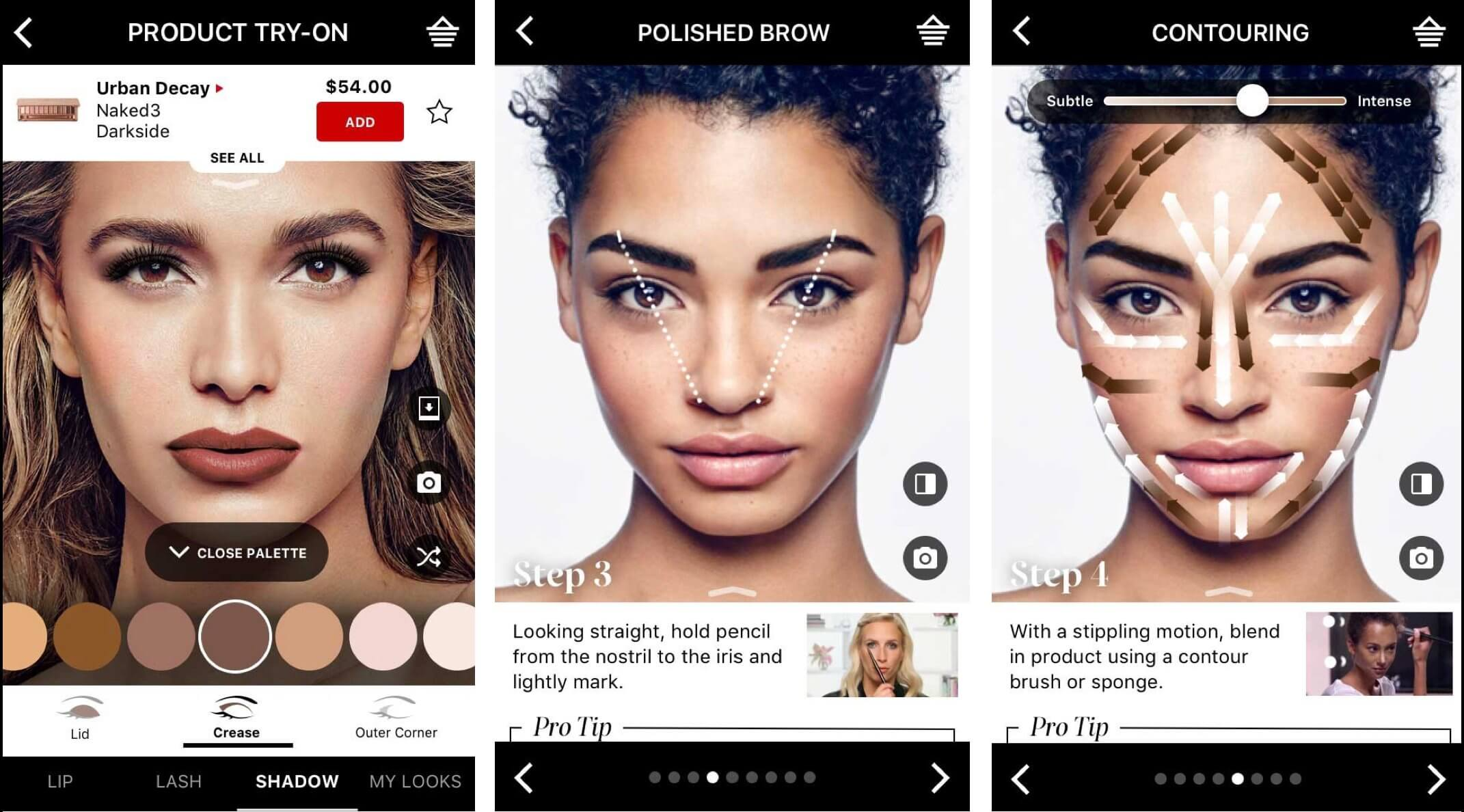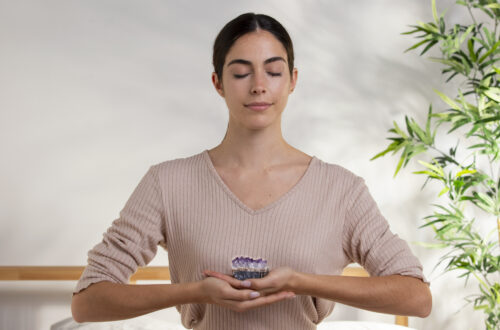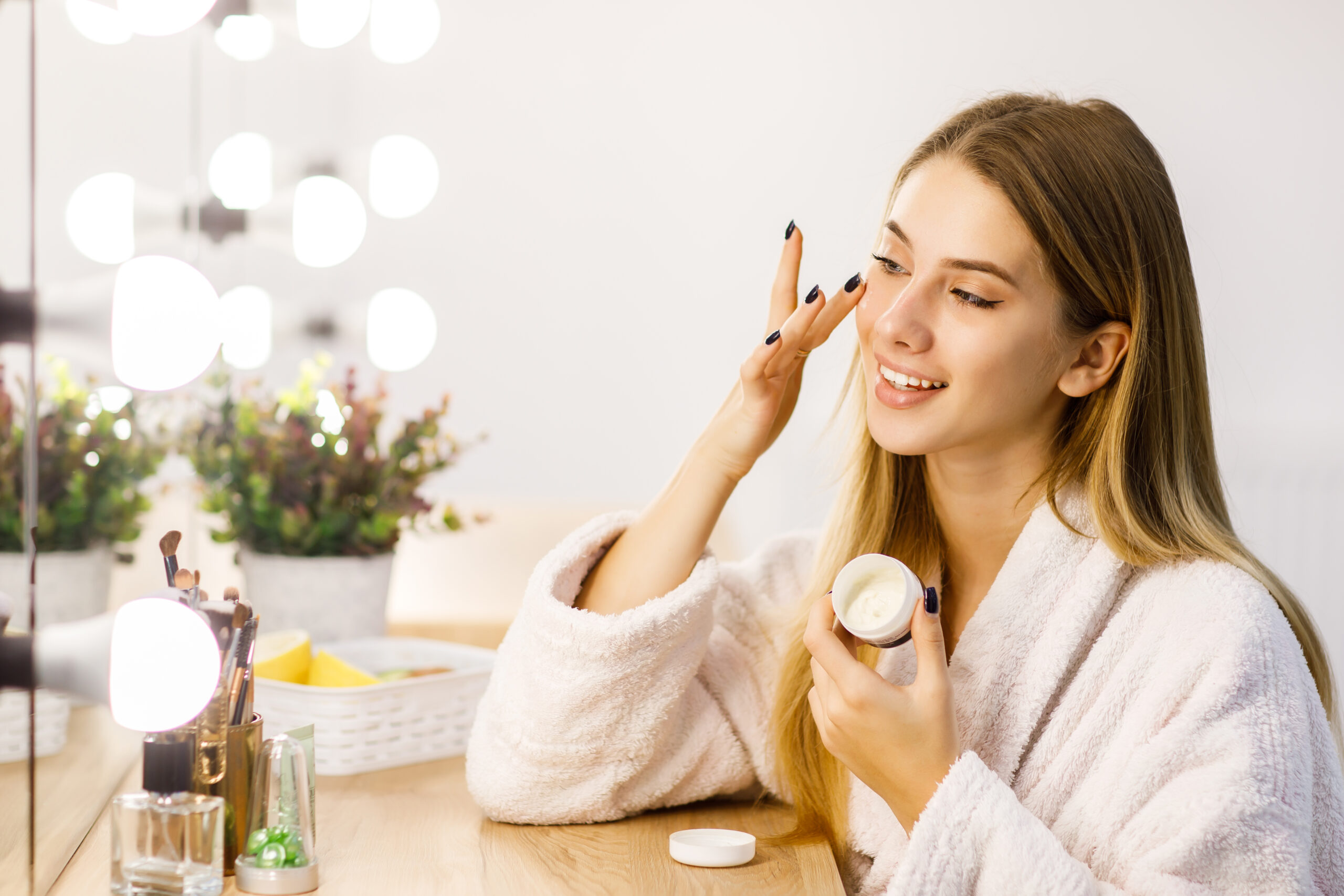AR and VR in Beauty: Transforming the Industry with Immersive Technology

The beauty industry is undergoing a groundbreaking transformation, thanks to the integration of Augmented Reality (AR) and Virtual Reality (VR) technologies. These cutting-edge tools are revolutionizing how consumers discover, interact with, and purchase beauty products. From virtual makeup try-ons to immersive skincare consultations, AR and VR are creating personalized, engaging experiences that cater to modern consumer needs.
In this blog, we’ll dive deep into how AR and VR are reshaping the beauty world, their key applications, benefits, and future potential.
Introduction to AR and VR in Beauty
AR and VR are two closely related technologies with distinct applications. While Augmented Reality overlays digital information onto the real world (e.g., virtual try-ons via a smartphone), Virtual Reality immerses users in a completely virtual environment, often using devices like VR headsets. Together, they offer unique solutions for enhancing customer experiences in beauty, bridging the gap between physical and digital spaces.
Why AR and VR Matter in Beauty
The beauty industry thrives on innovation and personalization. With the rise of e-commerce and the decline of in-store experiences during the pandemic, AR and VR have emerged as game-changing technologies. They allow brands to create engaging experiences while solving common consumer challenges like product uncertainty and customization.
Top Applications of AR and VR in Beauty
1. Virtual Makeup Try-Ons
Gone are the days of swatching lipsticks or testing foundation shades in-store. AR-powered apps now allow users to try on makeup virtually, using their smartphone camera.
- Examples:
- L’Oréal’s Virtual Try-On technology allows customers to test lipsticks, eyeliners, and more via its app or website.
- Sephora’s Virtual Artist enables users to experiment with thousands of makeup products in real time.
- Benefits:
- Instant results without physical contact.
- Reduced product returns due to better shade matching.
- Enhanced accessibility for online shoppers
2. Personalized Skincare Recommendations
Using AR and AI, brands can provide customized skincare advice based on an individual’s skin type, tone, and concerns.
- How It Works:
- Apps analyze your skin through a selfie, detecting issues like dryness, acne, or wrinkles.
- Personalized product recommendations are generated.
- Notable Brands:
- Neutrogena’s Skin360 app offers detailed skin analysis and tailored product suggestions.
- Shiseido has implemented AR mirrors in select stores to provide instant skin diagnostics.
3. Virtual Beauty Consultations
VR is redefining beauty consultations by allowing users to interact with virtual beauty advisors in a lifelike, immersive environment.
- Examples:
- Perfect Corp’s partnership with Google enables interactive consultations powered by AR to guide users through product application.
- Dior has integrated VR into their stores, offering customers an immersive tutorial experience.
4. Hair Color Try-Ons
Choosing a new hair color can be daunting, but AR makes the process fun and risk-free.
- Features:
- Apps allow users to visualize how different hair colors will look on them.
- Brands like Schwarzkopf and Garnier provide AR tools to test shades virtually before buying.
5. Immersive Virtual Store Experiences
VR takes online shopping to the next level with fully immersive virtual stores where customers can browse and interact with products as if they were in a physical store.
- Pioneers:
- Charlotte Tilbury launched a VR shopping experience where users can explore a virtual boutique and purchase products seamlessly.
6. Interactive Beauty Tutorials
VR and AR are transforming how beauty tutorials are delivered. Users can follow step-by-step guides virtually, with interactive tools demonstrating application techniques.
- Examples:
- YouCam Makeup’s AR tutorials teach users how to perfect their makeup in real time.
- MAC Cosmetics has used AR to let users follow virtual makeup artists.
Benefits of AR and VR in Beauty
1. Enhanced Personalization
AR and VR offer unparalleled levels of personalization. Users can customize their beauty routines, try multiple options, and receive recommendations tailored to their preferences.
2. Increased Consumer Confidence
Virtual try-ons allow consumers to see how a product looks on their skin or face, reducing uncertainties and boosting confidence in their purchase decisions.
3. Reduced Product Returns
With better product matching through AR, brands report fewer returns, saving both costs and resources.
4. Accessibility and Inclusivity
AR and VR make beauty more accessible, especially for customers who may not have access to physical stores. These technologies also promote inclusivity by catering to diverse skin tones and types.
5. Sustainability
By reducing the need for physical samples and testers, AR and VR contribute to more sustainable business practices, cutting down on waste.
Challenges and Limitations
While AR and VR offer immense potential, they come with their own set of challenges:
- High Development Costs: Creating sophisticated AR and VR tools requires significant investment in technology and talent.
- Device Dependence: Some VR experiences require headsets, which may not be accessible to all users.
- Accuracy Concerns: Ensuring AR applications provide accurate shade matching or skin analysis can be challenging, especially across diverse demographics.
- User Learning Curve: Older or less tech-savvy users may struggle to adapt to these innovations.
Future of AR and VR in Beauty
The integration of AR and VR in beauty is just beginning. As these technologies advance, we can expect:
- More Realistic Simulations: Enhanced AR will provide even more accurate and lifelike try-ons.
- AI Integration: Combining AR with AI will result in smarter, more adaptive beauty solutions.
- Wider Accessibility: AR and VR tools will become more affordable and widespread, reaching a broader audience.
- Metaverse Beauty: Virtual beauty experiences may extend into the metaverse, where users can create avatars and explore virtual beauty worlds.
Conclusion
The beauty industry has always been at the forefront of innovation, and the adoption of AR and VR is no exception. From virtual try-ons to immersive skincare consultations, these technologies are revolutionizing how we experience beauty. They empower consumers with personalized, engaging, and sustainable solutions while pushing brands to rethink their strategies for the digital age.
As AR and VR continue to evolve, they promise to make beauty experiences more accessible, inclusive, and exciting. Whether you’re a beauty enthusiast or a casual shopper, these technologies are here to enhance your journey in exploring the world of beauty.
So, are you ready to step into the future of beauty with AR and VR?
Frequently asked questions
1. What is AR and VR in beauty?
AR (Augmented Reality) overlays digital elements in real-world settings, such as virtual makeup try-ons or skin analyses using a smartphone. VR (Virtual Reality) immerses users in entirely virtual environments, such as virtual stores or tutorials, offering lifelike and engaging beauty experiences.
2. How do AR and VR enhance the beauty shopping experience?
AR and VR allow consumers to virtually try products like makeup and hair color, receive personalized skincare recommendations, and explore immersive virtual stores. This helps reduce guesswork, boosts confidence in online shopping, and minimizes product returns.
3. What are some examples of brands using AR and VR in beauty?
– L’Oréal: Offers virtual makeup try-ons through their app.
– Sephora: Provides AR-powered tools for testing products.
– Charlotte Tilbury: Introduced virtual stores with VR experiences.
– Neutrogena: Uses AR to analyze skin and recommend products via its Skin360 app.
4. Can AR and VR in beauty benefit skincare routines?
Yes! AR-powered apps like Neutrogena Skin360 analyze your skin’s condition and provide tailored product recommendations. This personalized approach ensures a better fit for your unique skin concerns.
5. Are AR and VR tools accurate for all skin tones and types?
Many AR and VR platforms have improved their algorithms to cater to diverse skin tones and types. However, some apps still face challenges in providing 100% accuracy for everyone. Companies are continuously refining their technology to make it more inclusive.
6. Are there any costs associated with using AR and VR in beauty?
Most AR-powered tools and apps provided by brands are free to use, as they are designed to enhance the shopping experience. However, advanced VR experiences requiring headsets may involve additional costs.
7. What are the main challenges of AR and VR in the beauty industry?
– High development costs for brands.
– Device limitations (e.g., VR headsets may not be widely accessible).
– Accuracy issues in some AR tools, especially for complex skin tones or types.
– Learning curves for less tech-savvy users.
8. How is AR and VR in beauty shaping the industry’s future?
AR and VR are leading the digital transformation of beauty. With advancements in AI integration, more realistic simulations, and accessibility through smartphones, these technologies are set to dominate beauty e-commerce and bring innovation to physical retail spaces as well.
- The Ultimate Guide to Cold Plunge Therapy: Benefits, Risks, and How to Get Started
- “Mental Wellness: Nurturing Your Mind for a Better Life”
- Holistic Wellness Beauty: Unlocking the Secret to True Radiance
- Sustainable Beauty: A Comprehensive Guide to Eco-Friendly Practices
- AR and VR in Beauty: Transforming the Industry with Immersive Technology





